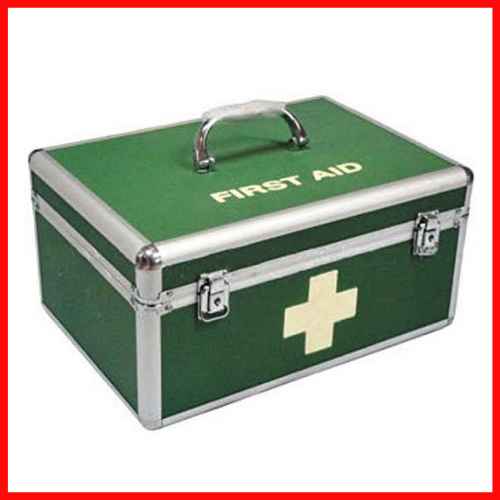Laboratory Safety Rules and Regulations for students

Laboratories are an essential part of science education, allowing students to explore and experiment with scientific concepts in a hands-on way. However, laboratories can also be dangerous places if not handled properly, which is why it is essential to establish and enforce laboratory rules and regulations for students.
In this blog post, we will discuss the laboratory rules and regulations that students should be aware of when conducting experiments in the laboratory.
1. Wear Appropriate Clothing and Protective Equipment
Students must wear appropriate clothing and protective equipment while in the laboratory. This includes a lab coat or apron, closed-toe shoes, and safety glasses or goggles. Loose clothing and jewellery should be removed, and long hair should be tied back.
2. Follow Directions
Students must follow all directions provided by the instructor or lab manual. It is crucial to read and understand the instructions before beginning any experiment. If there is any confusion, students must ask the instructor for clarification before proceeding.
3. Handle Chemicals with Care
Chemicals can be dangerous, so students must handle them with care. All chemicals should be properly labeled, and students should know their properties and potential hazards. Students should also be aware of emergency procedures, such as where the eyewash station and safety shower are located.
4. Keep the Laboratory Clean
Maintaining a clean laboratory is essential for safety and efficiency. Students must clean up after themselves and keep the laboratory organised. This includes properly disposing of chemicals, washing glassware, and wiping down lab benches and surfaces.
5. Do Not Eat or Drink in the Laboratory
Food and drinks are not allowed in the laboratory, as they can be contaminated by chemicals or serve as a distraction while conducting experiments.
6. Work in Pairs or Small Groups
It is essential to work in pairs or small groups while conducting experiments in the laboratory. This allows students to support each other and ensures that there is always someone to help in case of an emergency.
7. Report Any Accidents or Injuries Immediately
Students must report any accidents or injuries to the instructor immediately. This includes spills, cuts, burns, or any other incident that may occur during an experiment. Students should also know where the first aid kit is located and how to use it.
8. Respect Others in the Laboratory
Students must respect others in the laboratory and not engage in behavior that could endanger themselves or others. This includes running, horseplay, or any other activity that may cause a distraction or create a hazard.
9. Know the Emergency Procedures
Students must be familiar with emergency procedures, including the location of exits, fire extinguishers, and emergency alarms. In the event of an emergency, students should follow the instructor’s directions and evacuate the laboratory immediately.
Conclusion
Following laboratory rules and regulations is essential for safety and success in science education.
By wearing appropriate clothing and protective equipment, handling chemicals with care, keeping the laboratory clean, and working in pairs or small groups, students can ensure a safe and productive laboratory experience.
Additionally, reporting any accidents or injuries immediately, respecting others in the laboratory, and knowing emergency procedures can help ensure a safe laboratory environment for everyone involved.

 No products in the cart.
No products in the cart.